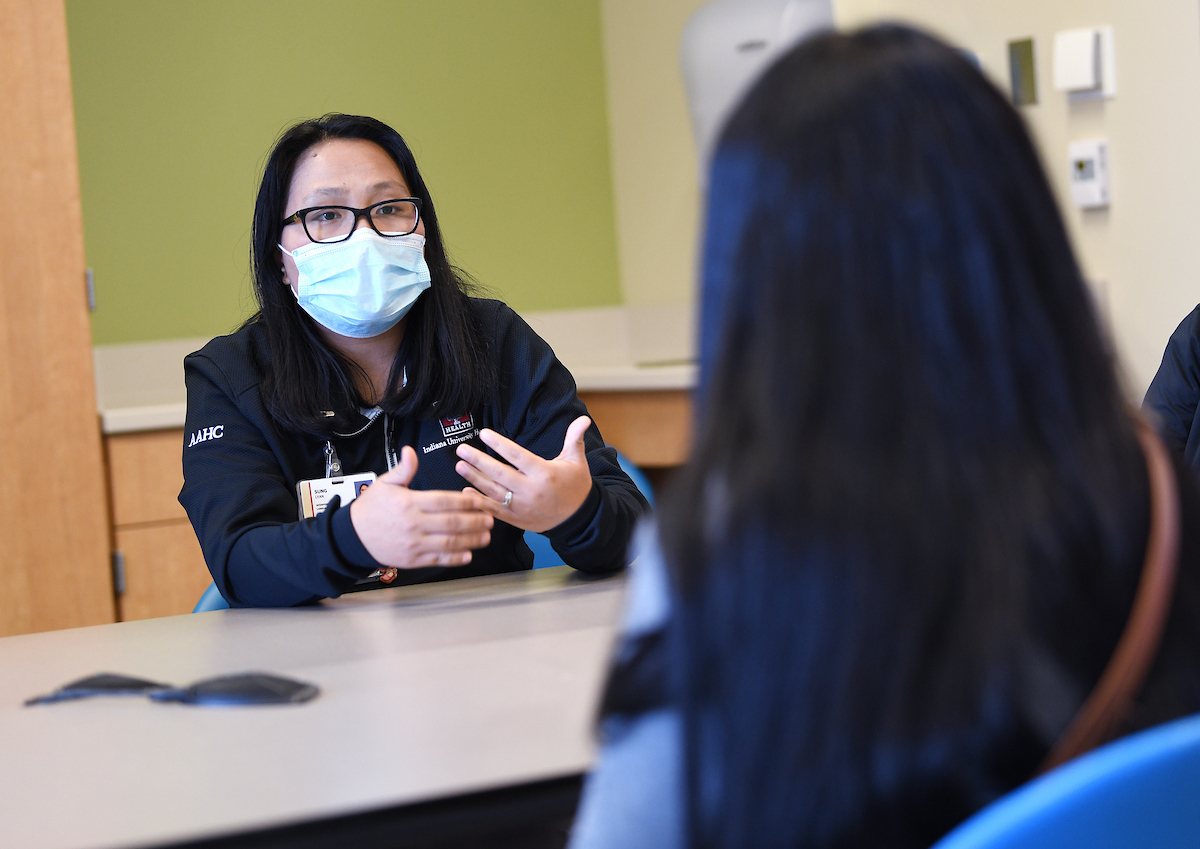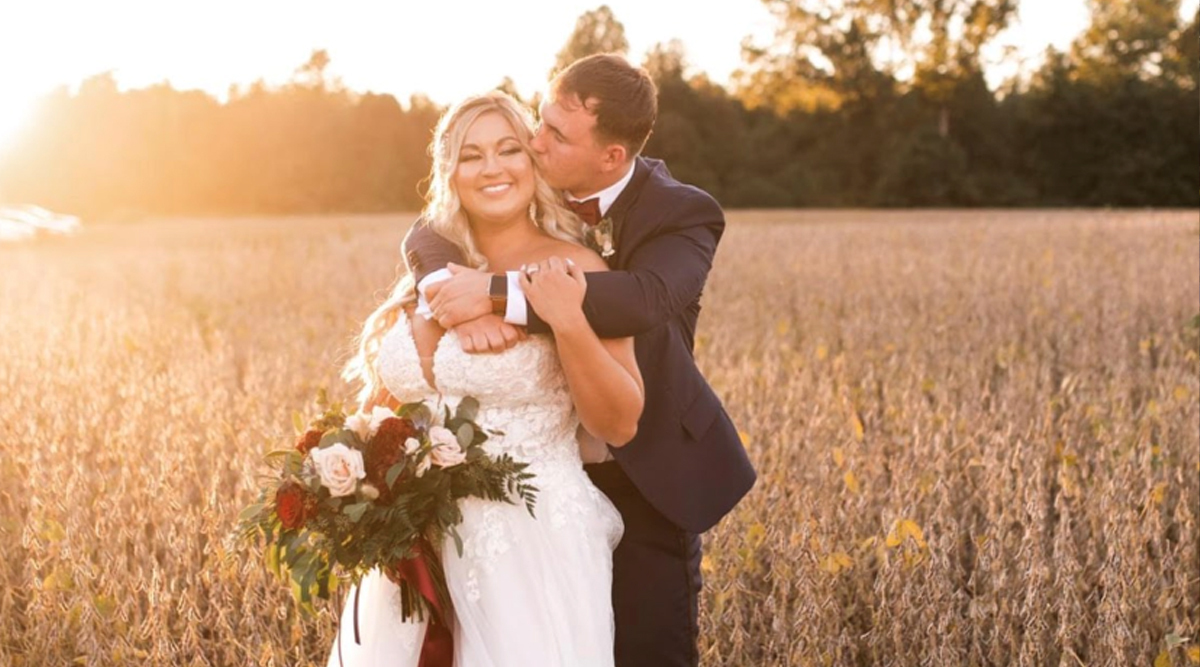When the Arnett-Crockett clinic saw its first patient in 1922, it made history.
As one of the first multispecialty clinics in the nation, it was truly a revolutionary concept in healthcare.
Dr. Arett Campbell “A.C.” Arnett believed that by bringing physicians of multiple specialties together under one roof, they could deliver a better healthcare experience. His idea for the clinic took root during WWI, when he collaborated with the physicians who would go on to found the renown Mayo Clinic and Cleveland Clinic.
Over the last 100 years, Arnett has brought new physicians, new specialties and the latest technological expertise to our community. The Arnett team has had many names and many homes, but what’s remained the same is our commitment to delivering the care that matters most to our patients, right here at home.
Dive deeper into the stories
For a closer look at some of the people who shaped the history of Arnett, read more about:
- Wendell Riggs, MD, the beloved pediatrician who believed every child deserved the best healthcare, regardless of their family’s income.
- Sharon Smith, the midwife who brought new birthing options to Greater Lafayette mothers.
- Virginia Stanwyk has been answering your calls for over 30 years.
Celebrating 100 Years
The Arnett team formally marked 100 years with a special celebration at Arnett Hospital.
West Lafayette mayor John Dennis, Lafayette city clerk Cindy Murray and Tippecanoe County commissioner Tom Murtaugh, along with state representative Sheila Klinker, joined in the celebration and proclaimed Oct. 11, 2022, as IU Health Arnett 100th
Anniversary Day.
Team members gathered to enjoy birthday cake, a photo station, a blessing of the hands ceremony and more.

In his own words: Chris Mansfield, CMO
Chris Mansfield, MD, grew up in Lafayette and was a patient of the physicians at Arnett Clinic. He graduated from the IU School of Medicine and returned home to treat patients at IU Health Arnett Hospital.
Today, he serves as the Chief Medical Officer, leading the Arnett physicians in providing the best care, designed for each patient.
Listen as Dr. Mansfield shares how the history of Dr. Arnett and his namesake organization are shaping our outlook on the next 100 years.
Read the full story
Less than one-half of one percent of all companies in the U.S. survive for more than 100 years. Evidence shows that the primary driver of enduring success is staying true to the organization’s culture and traditions, while also managing change.
Read more about IU Health Arnett’s century of growth and excellence—and how the team stayed true to their mission of delivering personalized patient care—in this in-depth look at the history of Arnett.
Looking ahead to the next century
When the Arnett-Crocket Clinic began, the world had just soldiered through the deadly Spanish flu (AKA the 1918 influenza pandemic). One hundred years later, as the world struggled through the deadly COVID-19 pandemic, history, as they say, repeated itself.
Dr. Arnett championed progress and personal patient care. Like our founder, the team at IU Health Arnett is committed to shaping the next 100 years of healthcare in partnership with every patient, promising to deliver the best care, designed for you.








